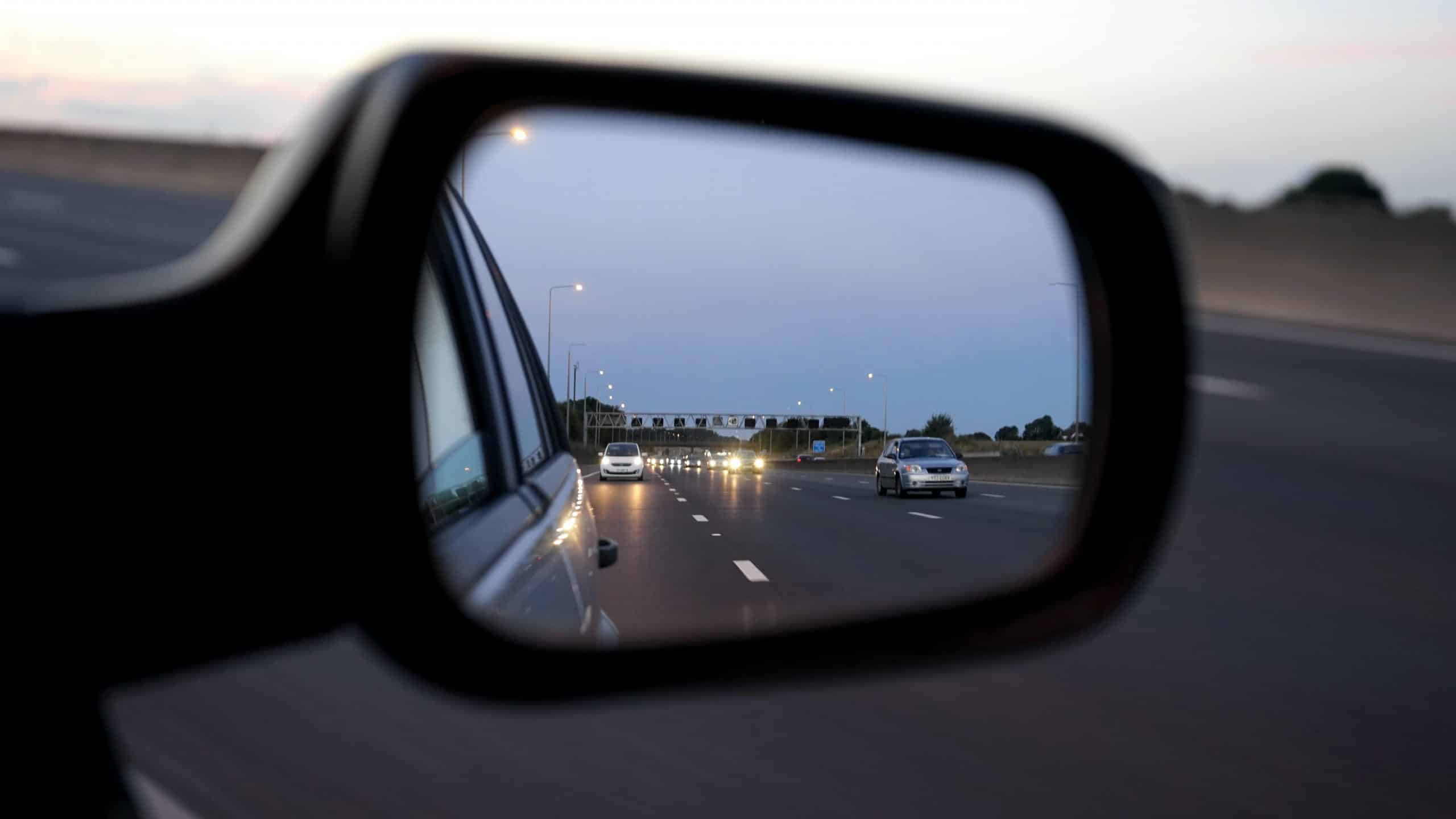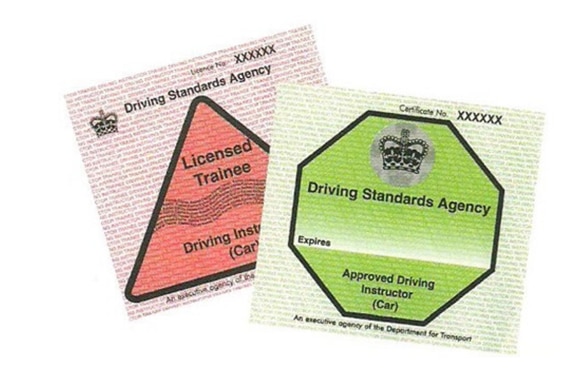
What is MSM?
MSM, which stands for Mirror, Signal, Manoeuvre, is a driving routine that is of great importance for drivers in the UK. It is a routine that helps drivers ensure safe and efficient driving by effectively communicating with other drivers and road users. The routine is broken down into three steps: Mirror, Signal, and Manoeuvre.
What are the key steps of the MSM routine?
The key steps of the MSM routine are as follows:
Mirrors
The first step of the MSM routine is to check your mirrors. This is important to be aware of the surrounding traffic and any potential hazards. The Highway Code emphasises the importance of checking both the rear-view mirror and the side mirrors. It is also crucial to check your blind spots, which are areas that cannot be seen using mirrors or during normal forward vision. Blind spots are typically located to the sides and rear of the vehicle. Checking mirrors and blind spots should be done before any change of speed or direction.
Signal
The second step of the MSM routine is to signal your intention to other road users. Signalling is a way of communicating with other drivers and letting them know your intended actions. The Highway Code states that drivers should always signal when it is necessary and safe to do so. This includes signalling before turning, changing lanes, or overtaking. Signals should be given in good time and be clear and unambiguous. It is important to remember that signalling alone does not give you the right of way, and you should always cheque for other road users and potential hazards before proceeding with your manoeuvre.
Manoeuvre
The final step of the MSM routine is to manoeuvre the vehicle. This involves carrying out the intended action, such as turning, changing lanes, or overtaking. The Highway Code emphasises the importance of only manoeuvring when it is safe to do so. This means ensuring that there is sufficient space and time to complete the manoeuvre without causing inconvenience or danger to other road users. It is also important to be aware of any relevant traffic signs, road markings, or traffic light signals that may affect the manoeuvre.
It is important to follow the correct sequence and timing of the steps in the MSM routine. By checking the mirrors first, the driver gains crucial information about the road behind them and can assess the position and speed of other road users. This allows them to make informed decisions and plan their actions accordingly. By giving a signal after checking the mirrors, the driver ensures that other road users are aware of their intentions and can adjust their driving accordingly. Finally, by executing the manoeuvre safely after checking the mirrors and giving a signal, the driver minimises the risk of accidents and ensures a smooth and efficient flow of traffic. Following the correct sequence and timing of the steps in the MSM routine helps to maintain safety on the road and promotes responsible and considerate driving.
What are the benefits of using the MSM routine?
The benefits of using the MSM routine are as follows:
Increased Awareness of the Surrounding Traffic
The MSM routine helps drivers to be more aware of their surroundings and the traffic around them. By regularly checking their mirrors and scanning the environment, drivers can have a better understanding of the vehicles and potential hazards in their vicinity. This increased awareness allows drivers to anticipate the movements of other vehicles and make informed decisions while driving.
- Regularly checking mirrors: By regularly checking the rear-view and side-view mirrors, drivers can be aware of any vehicles that may be approaching from behind or overtaking. This helps drivers to adjust their speed or position on the road to accommodate the other vehicles.
- Scanning the environment: In addition to checking mirrors, drivers should also scan the environment to be aware of any potential hazards. This includes looking out for pedestrians, cyclists, and other road users who may not be visible in the mirrors. By scanning the environment, drivers can identify potential risks and take appropriate actions to avoid them.
Improved Anticipation and Reaction to Potential Hazards
The MSM routine helps drivers to anticipate and react to potential hazards on the road. By regularly checking their mirrors and scanning the environment, drivers can identify potential risks and take proactive measures to avoid accidents and collisions.
- Anticipating potential hazards: By being aware of the surrounding traffic, drivers can anticipate potential hazards such as vehicles changing lanes, pedestrians crossing the road, or sudden stops by other vehicles. This allows drivers to adjust their speed and position on the road to maintain a safe distance and avoid potential collisions.
- Reacting to potential hazards: In addition to anticipating hazards, the MSM routine also helps drivers to react quickly and appropriately. For example, if a driver notices a vehicle approaching from behind at a high speed, they can signal and move to the side of the road to allow the vehicle to pass safely. By reacting promptly, drivers can minimise the risk of accidents and collisions.
Common mistakes to avoid when using the MSM routine
Forgetting to check Blind Spots
One of the common mistakes to avoid when using the MSM routine is forgetting to cheque blind spots. Blind spots are areas around the vehicle that cannot be seen in the mirrors or by looking directly out of the windows. It is important to cheque these blind spots before making any manoeuvres, as they can contain other vehicles, cyclists, or pedestrians that may not be visible in the mirrors. To avoid this mistake, always remember to look over your right shoulder to cheque the blind spot before moving off or changing lanes. Additionally, when opening your car door, it is crucial to look behind you and not rely solely on the mirrors, as a cyclist or pedestrian could be hidden from view.
Failing to Signal or Signalling too Early or Late
Another common mistake to avoid when using the MSM routine is failing to signal or signalling too early or late. Signalling is an essential part of the routine as it informs other drivers of your intentions. Failing to signal can lead to confusion and potentially dangerous situations on the road. It is important to use your mirrors in good time before you signal or change direction or speed. This will give other road users enough time to react and adjust their speed or position accordingly. Remember that signalling is not a guarantee that you can proceed, but it is a way to communicate your intentions to others.
Rushing or Hesitating During Manoeuvres
Rushing or hesitating during manoeuvres is another mistake to avoid when using the MSM routine. It is important to maintain a smooth and consistent flow of traffic while executing manoeuvres. When overtaking, for example, it is crucial to move quickly past the vehicle you are overtaking once you have started the manoeuvre. However, it is equally important to allow plenty of room and not rush excessively, as this can lead to unsafe conditions. Similarly, when changing lanes or making turns, avoid hesitating excessively, as this can disrupt the flow of traffic and potentially cause accidents. Strive for a balance between efficiency and safety during manoeuvres.
Neglecting to Recheck Mirrors After Completing a Manoeuvre
Another mistake to avoid when using the MSM routine is neglecting to recheck mirrors after completing a manoeuvre. After executing a manoeuvre, such as changing lanes or making a turn, it is important to recheck your mirrors to ensure that you are aware of any changes in the surrounding traffic. This step is crucial to maintain situational awareness and to be prepared for any potential hazards or unexpected situations that may arise. Neglecting to recheck mirrors can lead to complacency and a lack of awareness, which can be dangerous on the road. Always make it a habit to recheck your mirrors after completing a manoeuvre.
Summary and Final Thoughts on MSM for UK Learners and Drivers
Mastering the Mirror, Signal, Manoeuvre (MSM) technique is essential for all UK learner drivers. It is the foundation of safe and confident driving and is the basis of all driving manoeuvres. The MSM technique involves checking your mirrors, signalling your intention to other road users, and then manoeuvring your vehicle. It should be used for all driving manoeuvres, including changing lanes, turning, and reversing.
The MSM technique is part of a larger routine called MSPSL, which stands for Mirror, Signal, Position, Speed, and Look. This routine helps drivers remember the important elements involved in safely taking all kinds of junctions. By practising the MSPSL routine every time you drive, it will become second nature sooner.
Maintaining the correct speed, position, and distance from other vehicles is essential for safe driving. This is known as the MSM system, and it is a key skill for all learner drivers in the UK. The MSM system is made up of three components: speed, position, and distance.
To become a safe and confident driver, it is important to master the MSM system. This can be achieved through regular practice and refinement of these skills. Professional driving lessons, such as those offered by Smart Drive UK, can provide guidance and support in mastering the MSM technique.
In conclusion, the MSM technique is crucial for UK learner drivers to become safe and confident drivers. It should be used for all driving manoeuvres and in conjunction with other safe driving practices. practice and refinement of the MSM skills are essential, and professional driving lessons can be beneficial in this process. Contact Smart Drive UK for professional driving lessons and guidance on mastering the MSM technique.



